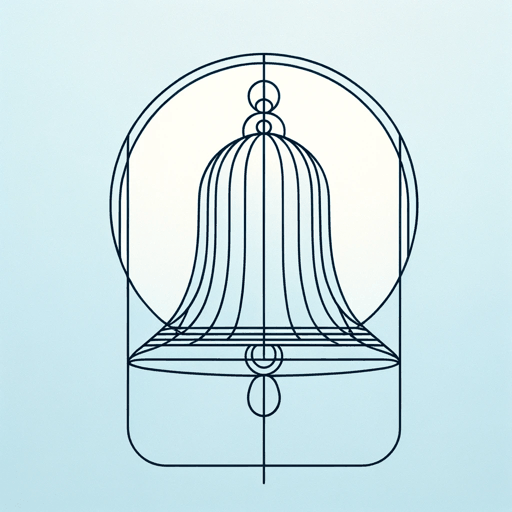21 pages • 42 minutes read
John DonneA Valediction: Forbidding Mourning
Fiction | Poem | Adult | Published in 1633A modern alternative to SparkNotes and CliffsNotes, SuperSummary offers high-quality Study Guides with detailed chapter summaries and analysis of major themes, characters, and more.
Further Reading & Resources
Related Poems
“The Pulley” by George Herbert (1633)
George Herbert’s poem “The Pulley” employs metaphysical conceit through a reimagination of a creation myth. Herbert’s entire poem is built on conceit of the pulley and the paradoxical conflict of the device; Herbert claims that a lack of rest will bring man rest and that ultimately the “rest” will leave him restless. The poem is distinct compared to its contemporaries in its anthropomorphizing and humanization of god.
“The Canonization” by John Donne (1633)
Like “A Valediction: Forbidding Mourning,” Donne’s poem “The Canonization” merges the themes of love and religion. The poem's title serves a dual purpose: While the speaker argues that his love will canonize him into a kind of sainthood, the poem itself functions as a canonization of the pair of lovers. In “The Canonization,” the metaphysical conceit is the canonization into sainthood. The poem is a parody of Christian sainthood and the “you” addressee of the poem represents the practical word which regards love as a silly affection. When read as counterparts, “The Canonization” and “A Valediction: Forbidding Mourning” exemplify the importance of paradox and metaphysical conceit in Donne’s work. In each, Donne creates a dichotomy of common love and sacred, holy love.
Related Titles
By John Donne







